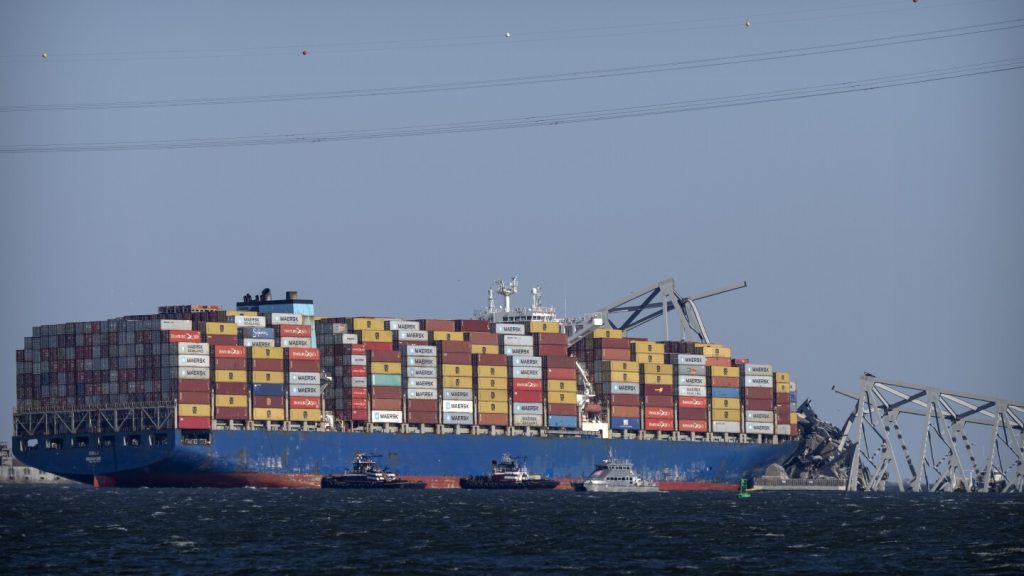On Tuesday, a tragic incident occurred in Baltimore as a 95,000-ton cargo ship named Dali collided with the Francis Scott Key Bridge, resulting in its collapse and the death of six construction workers. The harbor pilot onboard the vessel made a distress call and attempted to drop anchor, but it was too late to prevent the disaster. Two tugboats, which had been assisting with the ship’s departure from the Port of Baltimore, rushed back to help but were unable to prevent the collision. Maritime experts believe that extended tugboat escorts could potentially have made a difference in preventing such accidents, especially with the increasing size of cargo ships posing a threat to critical infrastructure.
The lack of mandatory extended tugboat escorts in many U.S. ports is primarily due to the additional costs they would impose on shippers. While some experts advocate for the use of tug escorts to minimize risks associated with maritime operations, the decision ultimately lies with individual ports. The Baltimore disaster has brought attention to the varying tugboat regulations across different ports and the competition for business from cost-conscious shipping companies, which often prioritize efficiency and cost-saving measures over safety concerns.
In the case of the Dali, two state harbor pilots were navigating the vessel through the port’s channel with the assistance of tugboats. However, satellite data revealed that the ship began to drift off course shortly after departing its dock, leading to the tragic collision with the bridge. The National Transportation Safety Board is currently investigating the incident, questioning the lack of tugboat assistance during the vessel’s approach to the bridge. While some ports have implemented stricter tugboat escort requirements, resistance from shippers and concerns over costs continue to be obstacles.
The use of tugboats in maritime operations is a complex issue, with considerations for safety, efficiency, and environmental impact. While some advocate for increased tugboat escorts to prevent accidents like the one in Baltimore, others raise concerns about the practicality and cost implications of such measures. The tension between pilots and shipping companies over tugboat usage highlights the challenges in balancing safety and economic considerations in the shipping industry. As regulators examine the need for stricter tugboat escort requirements, stakeholders will need to collaborate to find a viable solution that ensures both safety and efficiency in maritime operations.















